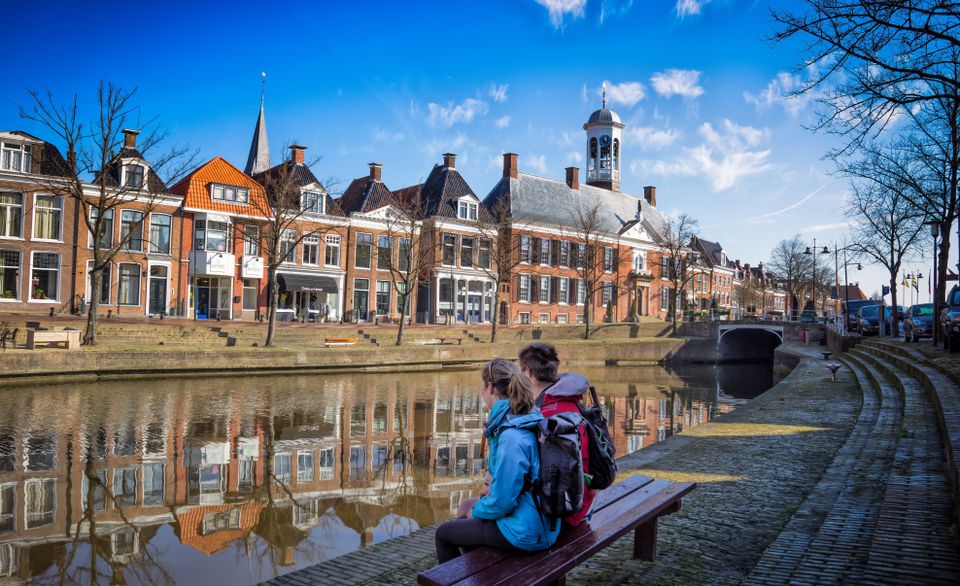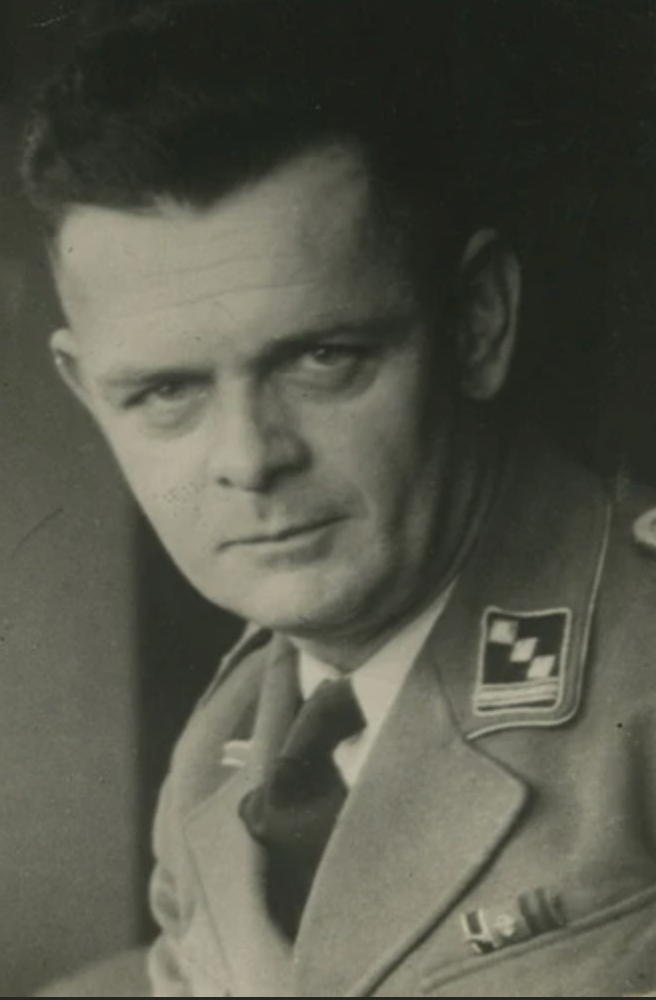Location
449 to 480 of 986 results
-
Snackbar Lunchroom De Passaazje
Snackbar Lunchroom De Passaazje Burgum
Burgum
-
Kraanlannen Nature Reserve
Kraanlannen Nature Reserve De Veenhoop
De Veenhoop
-
Grand Café WALD
Grand Café WALD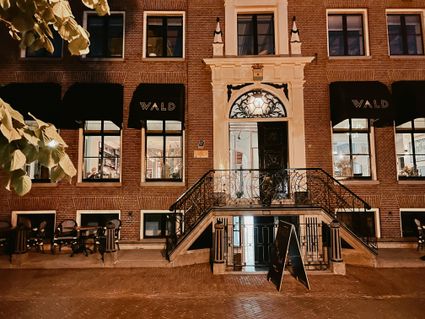 Kollum
Kollum
-
Gastenverblijven Jinkepaed
Gastenverblijven Jinkepaed Twijzelerheide
Twijzelerheide
-
Skûltsje Klaasslúske
Skûltsje Klaasslúske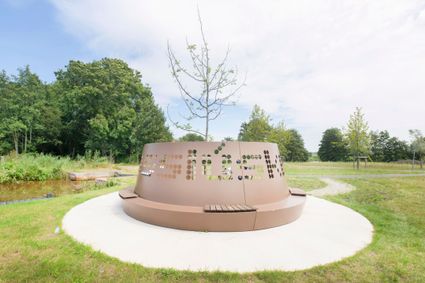 Ryptsjerk
Ryptsjerk
-
Teetún De Hollen
Teetún De Hollen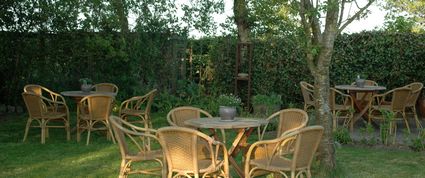 Ryptsjerk
Ryptsjerk
-
B&B Thús yn Hantum
B&B Thús yn Hantum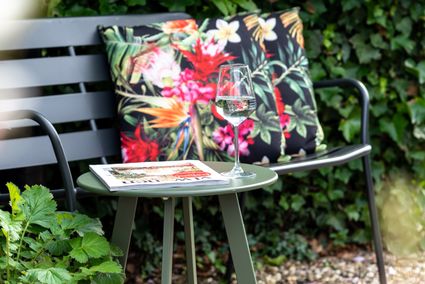 Hantum
Hantum
-
The liberation of Leeuwarden
The liberation of Leeuwarden
On 11 April 1945, it became clear that German resistance in the north of the Netherlands was limited. On 12 April, the Allies seized this opportunity to advance on Friesland as quickly as possible. One of the main goals was to liberate Leeuwarden. The 9th Canadian Infantry Brigade was designated for this purpose. But things would turn out differently.
On 12 April, the Royal Canadian Dragoons entered Friesland at Noordwolde. They were to conduct reconnaissance with their armoured vehicles and reach the Wadden Sea as quickly as possible. As a result, the German troops in Friesland and Groningen would be separated.
On the night of 14 to 15 April, three Squadrons of the Dragoons were at Suameer. Burgum could not be reached earlier that day, because the bridge at Burgummerdam had been blown up by the Germans.
Meanwhile, all sorts of things were happening in nearby Leeuwarden. On 12 April, the airfield had been blown up by the Germans. And they left the city on 14 April. Leeuwarden would not be defended. The Burgerweeshuis (Civil Orphanage) that had housed several German agencies was set on fire. An attempt to blow up the telephone exchange failed due to an ingenious intervention by the resistance. In the early morning of 15 April, the resistance also took to the streets en masse to occupy important points and to capture Germans who had remained behind.
The Dragoons in Suameer were in contact with the resistance in Leeuwarden. Due to various reports, it was unclear whether there was now heavy fighting in Leeuwarden or whether the Germans had left the city completely. Because the Germans had blown up important bridges on the route from Heerenveen to Leeuwarden, the infantry could not quickly provide assistance.
So, the Dragoons went to take a look for themselves. Initially, a patrol of four vehicles was sent via the Groningerstraatweg into the city around half past eleven. One of the Canadians in those vehicles recorded the following:
"As we entered the city, passing through the concrete barrier by the narrow passageway left for normal traffic, we were met by an almost hysterical patrol of Resistance men [...] In a few moments the news of our arrival had spread through the city, and we were given a fantastic welcome as we rolled slowly forward into the centre of town."A resident of Leeuwarden recalled:
"We lived close to the Groningerstraatweg, where our liberators passed. Many hundreds of us stood there, all happy spectators. All of a sudden, two ladies from the row flung themselves forward and threw their arms around the Canadians' necks, saying: "Oh darlings, you’re here at last!"After the patrol determined that the coast was clear, the entire C Squadron, a detachment of the Royal Canadian Engineers and Regimental Headquarters of Lieutenant-Colonel Landell followed. Leeuwarden had been liberated. After this, thousands took to the streets. One of the Canadians wrote:
"We halted, and were immediately surrounded by laughing, yelling mobs of people, bringing flowers to give to us, and cheering every move. The Resistance men were everywhere, doing their best to keep the people within bounds and off the cars, but their efforts were hardly necessary. I never saw a more satisfying gathering in my life."Leeuwarden had been liberated by the Dragoons through unexpected circumstances. On the night of 15 to 16 April, Canadian infantry moved into the city.
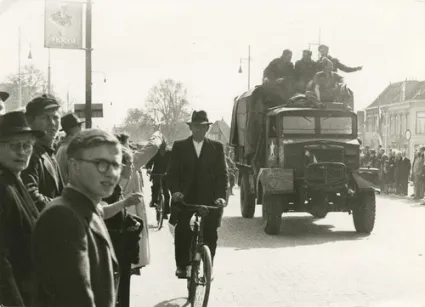 Leeuwarden
Leeuwarden
-
-
Doe eens Wad
Doe eens Wad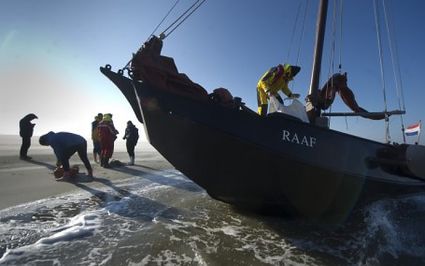 Lauwersoog
Lauwersoog
-
Natuurlijk Kollumeroord Groepsaccommodatie 't Rif
Natuurlijk Kollumeroord Groepsaccommodatie 't Rif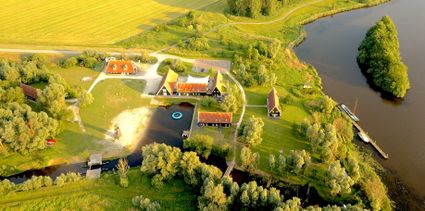 Kollumerpomp
Kollumerpomp
-
Jachthaven De Lits
Jachthaven De Lits Eastermar
Eastermar
-
Brasserie Om de dobben
Brasserie Om de dobben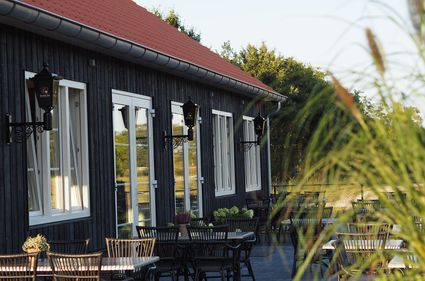 Burgum
Burgum
-
Ypeymolen
Ypeymolen Ryptsjerk
Ryptsjerk
-
Klein Zwitserland Lakeside Beach
Klein Zwitserland Lakeside Beach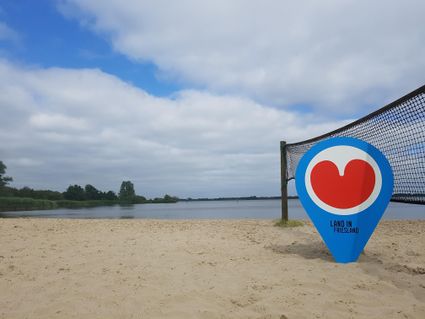 Sumar
Sumar
-
Sint-Martinuskerk Kollum
Sint-Martinuskerk Kollum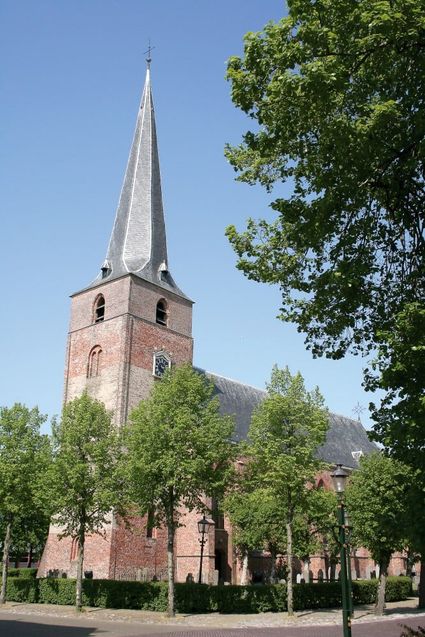 Kollum
Kollum
-
Dijktempel (dike temple) at Marrum
Dijktempel (dike temple) at Marrum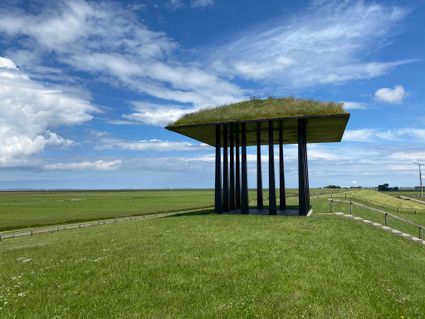 Marrum
Marrum
-
Fusillade aan de Woudweg
Fusillade aan de Woudweg
De fusillade in Dokkum is de grootste fusillade geweest tijdens de Tweede Wereldoorlog in Friesland. Een bloedig dieptepunt in de steeds hardere strijd tussen de Duitse bezetter en het verzet.
Het gaat om een wraakactie: drie dagen eerder overvalt het verzet bij het dorp De Valom een auto van de Sicherheitsdienst (SD) met daarin een belangrijke gevangene, in de hoop deze te bevrijden. Bij het vuurgevecht dat ontstaat komen een Duitse SD-er en zijn Belgische chauffeur om het leven.
Artur Albrecht, SD-chef in Friesland, is furieus en wil volgens een getuige Dokkum 'van de kaart van Nederland laten verdwijnen'. Zijn meerderen van de SD-Dienststelle in Groningen geven hem hier echter geen toestemming voor. In plaats daarvan worden twintig gevangenen uit gevangenissen in Friesland en Groningen gehaald en meegenomen naar een weiland aan de Woudweg in Dokkum.
De burgemeester van de stad is zelfs van huis gehaald om toe te kijken. De mannen moeten op een rij gaan liggen in de sneeuw. In groepjes van vijf worden ze naar voren geroepen. Dan klinken er schoten. De lichamen van de slachtoffers moeten een etmaal blijven liggen in de sneeuw, als afschrikwekkend voorbeeld voor de bevolking. De slachtoffers zijn Friezen en Groningers. Sommigen zijn actief in het verzet, anderen zijn Todeskandidaten.
Aan de Woudweg in Dokkum herinnert een monument aan het drama. Jaarlijks is er bij dit monument een kranslegging waarbij leerlingen van scholen in Dokkum worden betrokken.
Verschillende leden van het vuurpeloton worden na de oorlog berecht voor hun betrokkenheid bij de fusillade en krijgen de doodstraf. Zo ook Artur Albrecht. Hij wordt op 21 maart 1952 gefusilleerd op de Waalsdorpervlakte. Het is het laatste doodvonnis dat in Nederland wordt voltrokken.
Dokkum op de Dam
Enkele jaren later, op 4 mei 1956, onthult koningin Juliana het Nationaal Monument op de Dam in Amsterdam. Het monument speelt een centrale rol bij de jaarlijkse Nationale Dodenherdenking op 4 mei die ook altijd wordt bijgewoond door het staatshoofd.
In het monument zijn elf urnen opgenomen met daarin ‘in bloed gedrenkte aarde’. Aarde afkomstig van van strijd- en fusilladeplaatsen uit de elf provincies. Later is ook een 12e urn met aarde uit Nederlands-Indië (het huidige Indonesië) toegevoegd.
Voor het vullen van de Friese urn is aarde gehaald uit de omgeving van Kornwerderzand, strijdtoneel in de meidagen van 1940. Ook is aarde gehaald van fusilladeplaatsen, waaronder de Woudweg in Dokkum en Dronrijp waar op 11 april 1945, een paar dagen voor de bevrijding nog dertien mensen zijn gefusilleerd.
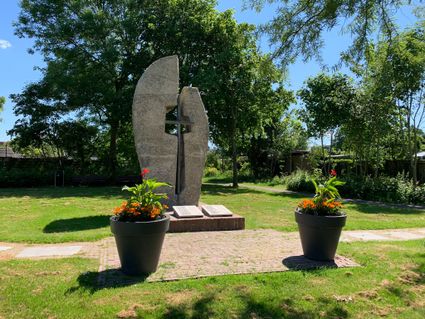 Dokkum
Dokkum
-
-
Het Lage Noorden
Het Lage Noorden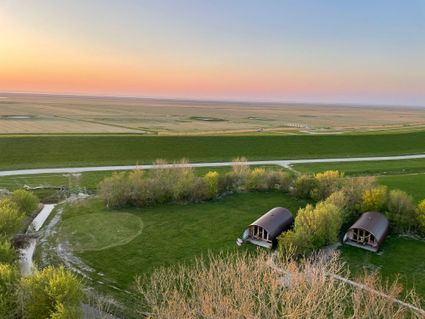 Marrum
Marrum
-
Petting zoo De Naturij
Petting zoo De Naturij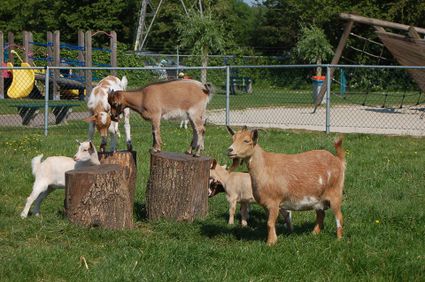 Drachten
Drachten
-
Anno 1832
Anno 1832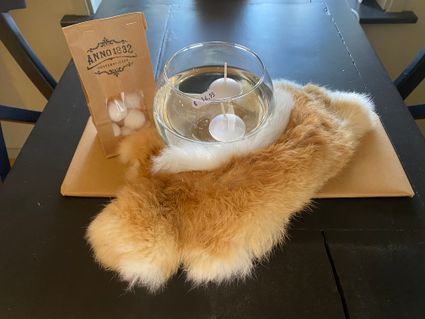 Oosternijkerk
Oosternijkerk
-
Heeg - Kijkhut Heeg
Heeg - Kijkhut Heeg Heeg
Heeg
-
Burgumermarpleats
Burgumermarpleats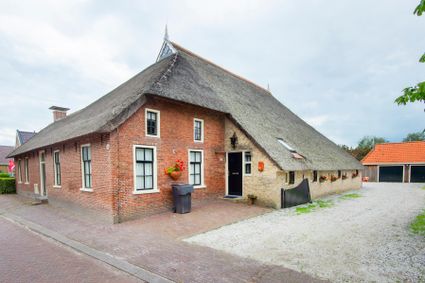 Jistrum
Jistrum
-
Alde Feanen - Otterproject - Observatietoren
Alde Feanen - Otterproject - Observatietoren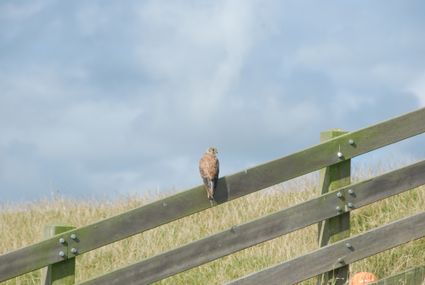 Warten
Warten
-
De Houtwiel - Vogelkijkpunt
De Houtwiel - Vogelkijkpunt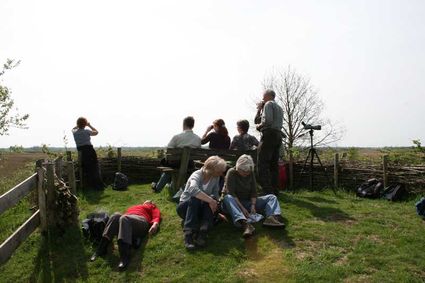 Broeksterwald
Broeksterwald
-
Uitwellingerga - Uitkijkplateau Bloksloot
Uitwellingerga - Uitkijkplateau Bloksloot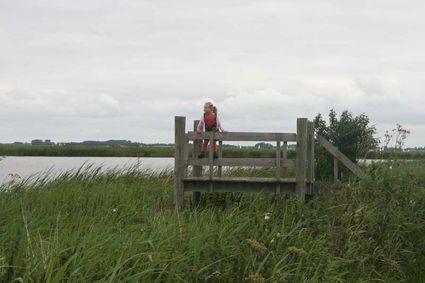 Broek
Broek
-
De Ferbining
De Ferbining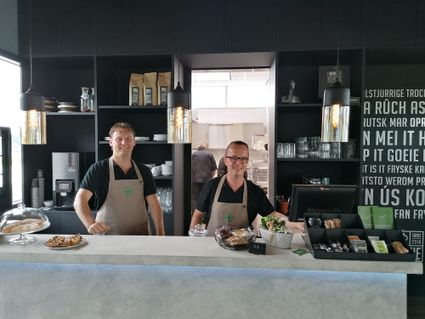 Feanwâlden
Feanwâlden
-
Veerpont Hin en Wer (Eernewoude)
Veerpont Hin en Wer (Eernewoude) Eernewoude
Eernewoude
-
Nij Altoenae
Nij Altoenae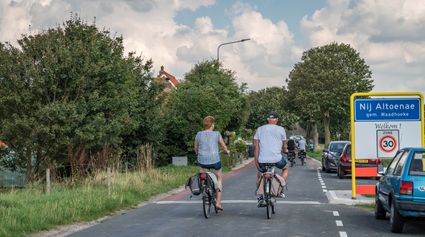 Nij Altoenae
Nij Altoenae
-
Noardlik
Noardlik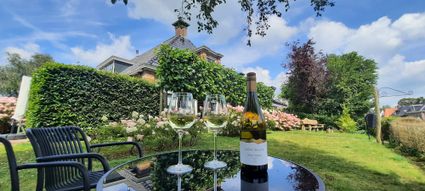
On request
Burdaard
-
Voormalig woon-werkhuis ir. Abe Bonnema
Voormalig woon-werkhuis ir. Abe Bonnema Hurdegaryp
Hurdegaryp
-
Noard-Fryslân Bûtendyks
Noard-Fryslân Bûtendyks Marrum
Marrum
-
Ewald, Eelkje en Durk Seepma
Ewald, Eelkje en Durk Seepma Oosternijkerk
Oosternijkerk
